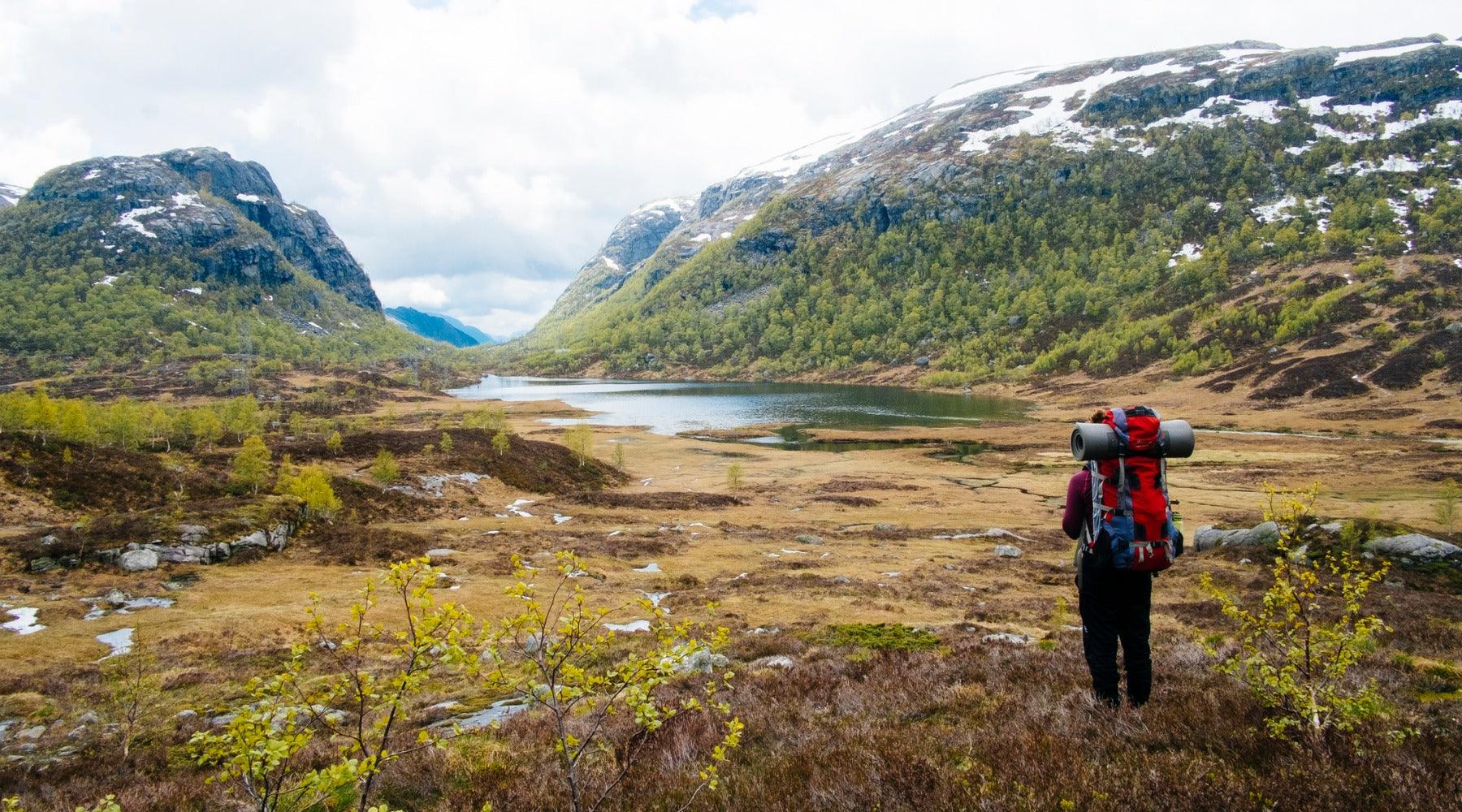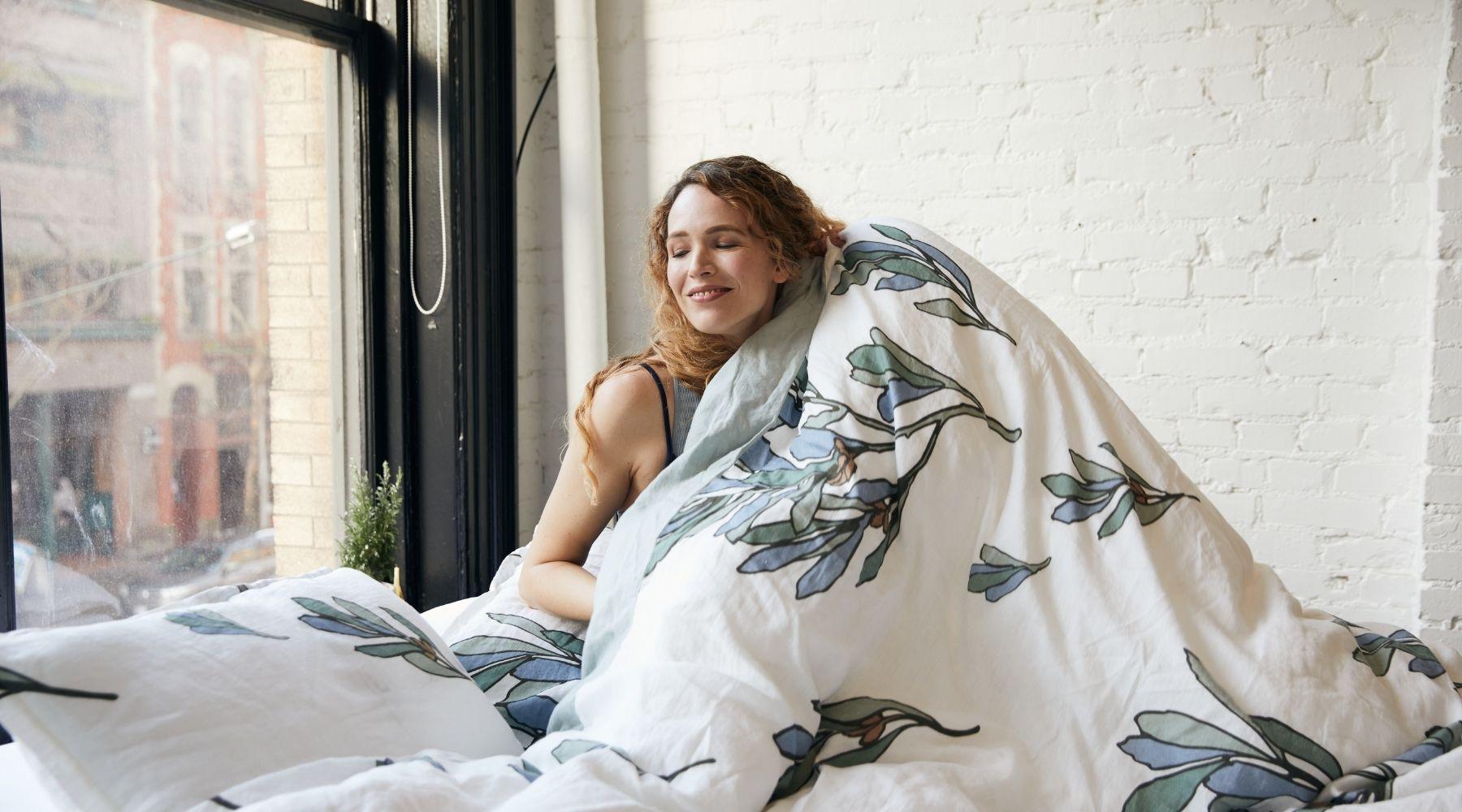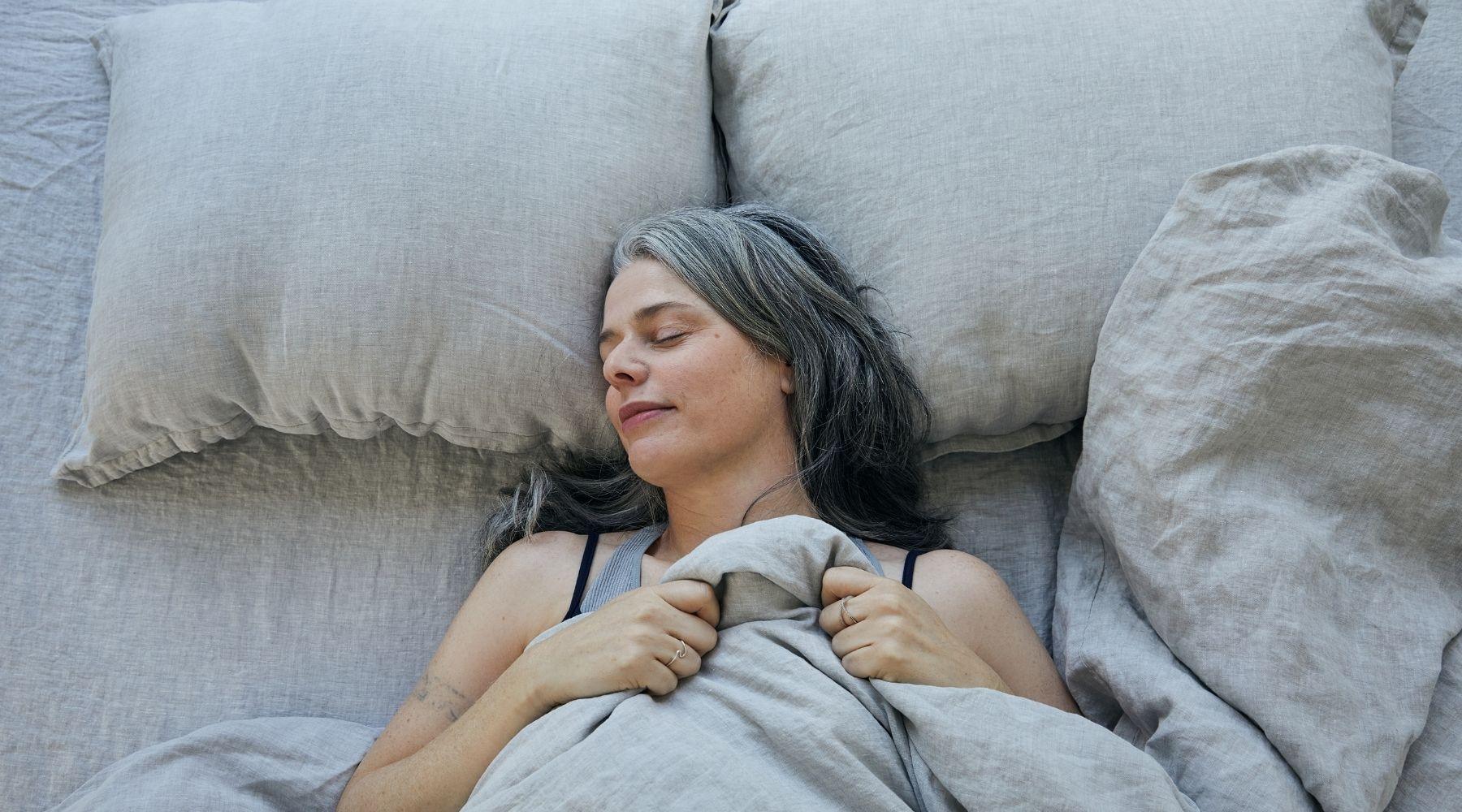
Scandinavian Design’s Love Affair with Nature
Although minimal daylight and below-freezing temperatures might keep some people indoors, that’s just not the case in Scandinavian countries—most of us spend much of our time outside, no matter the season. Join us on a tour of Sweden, Norway and Denmark to find out why we love the natural world—and the impact bringing the outdoors in can have on your home and wellbeing.
The Right to Roam In Sweden
Access to nature is so important to Swedes, it’s written into the constitution. The concept of Allemansrätten—or Right of Public Access—guarantees every Swede the right to roam the land, as well as the right to swim in lakes and pick wild berries, mushrooms and flowers. Throughout Sweden’s national parks, tourist organizations provide basic shelters with a kitchen and toilet, which are free for anyone to stay in.

Sweden is an ancient land of farmers, hunters and lumberjacks; even the Vikings were more agrarian than warlike. According to tradition, the first-born son took over the farm, creating a generations-old family connection with the land. When Swedes began to move into cities, they often kept their little red farm cottages as a summer house to return to for berry picking, hiking and biking.
In the 1700s, Swedish botanist Carl Linnaeus developed a categorization system for plants and animals, laying the foundations of Swedish conservationism. It was the sustained lobbying of conservationists that led to the opening of Europe’s first nine national parks in Sweden, in 1909. Today, 30 national parks make up 10 per cent of Sweden’s total land mass. Ninety-seven percent of Sweden remains uninhabited.
This spaciousness finds its way into the home via white walls and light wood, hallmarks of Swedish design that allows limited natural light to reflect and brings outdoor materials in. It’s not all white and minimalist, though—Josef Frank, arguably Sweden’s best-loved designer, made his name in botanical prints: blending lawn daisies, blooming roses and forget-me-nots with flowers from his imagination. His prints found international fame when he joined the Svenskt Tenn design firm, founded by former art teacher Estrid Ericson. Together, Ericson and Frank pioneered the “Swedish Modern” style of bold floral prints and eclectic furnishings that captivated audiences at the World Expositions in Paris and New York.

Finding Friluftsliv In Norway
It’s impossible to talk about the Scandinavian love of nature without mentioning the concept of friluftsliv. An amalgamation of the words for free, air and life, it encapsulates Norwegians’ always-outdoors lifestyle. Think Sunday-morning hikes with family, cross-country skiing and ice fishing: not the showy activities you’d find on social media but a quiet, thoughtful communion with nature. One in 20 Norwegians is part of the Norwegian Trekking Association, who work hard to maintain the vast network of trails and cabins around the country, ensuring that friluftsliv is available to all.
Nature isn’t confined to rural areas here—a visit to Norway’s cities demonstrates the Scandinavian skill for weaving nature into urban life. In Oslo, you can walk along sea cliffs and through forests, or catch a ferry to any number of tranquil forested islands. In Bergen, you can even study Outdoor Education and Nordic Friluftsliv at the Western Norway University of Applied Sciences.
Less well-known than Danish and Swedish design—and therefore less hampered by expectation—Norwegian design has a quirky, playful vibe that’s a little rough around the edges. Moody hues and irregular shapes are inspired by snow, ice, and fjords, with the occasional pop of floral color. The architectural firm Snøhetta and the furniture and fashion designer Kristine Five Melvær are prime examples of Norwegian style.

Danish Hygge: Not Just for Indoors
At first glance, hygge-loving Danes seem to spend a lot of time indoors. Yet hygge is not a place or even a type of place, but a way of living that you take with you. Meik Wiking, author of The Little Book of Hygge, identifies four primary hygge “drivers”—company, casualness, closeness to nature, and being in the present moment. He describes situations in which he experienced hygge outdoors: sharing food in a beach cabin with family; picking grapes with friends in a French vineyard; drinking whiskey from coffee mugs at a riverside campfire. “We were offline,” says Wiking. “No phone. No email. We were surrounded by simplicity, by nature and good company, and able to fully relax and take in the moment.”
Back in their homes, Danes use loads of candles to emulate the warmth and light of the campfire; on average, each Dane burns 13 pounds of candle wax per year! Electric lamps, too, are strategically placed to create pools of soft light. It’s no coincidence that some of the world’s most beautiful lamps were designed by Danes—Verner Panton, Arne Jacobsen, Poul Henningsen, to name a few. Natural materials, too, are a major part of the hygge vibe: think (faux) sheepskin, wood, leaves, and twigs. If it looks like it belongs in a log cabin, it’s probably hygge.
In our post on the history of Danish design, we introduced some of Denmark’s most famous nature-inspired designers: textile printer Marie Gudme Leth, fashion designer Annette Meyer and ceramics painter Johann Christoph Bayer. We’d be remiss if we didn’t also mention our own Danish-style bedding, with prints of our country’s natural features. Agern is adorned with the green oak leaves of Kongeegen, Denmark’s oldest tree, while Kørvel celebrates the white chervil flowers that herald the coming of summer. Integrating one of these Scandinavian duvet covers into your bedroom design will help you feel surrounded by nature, even as you sleep.
Sustainable Scandinavian Living
Of course, the Scandinavian love of nature doesn’t just influence the way our products look: it dictates how they’re made. We can only continue to enjoy nature if we take care of it, which is why durability and sustainability are two of the core principles guiding Scandinavian design. At The Modern Dane, our organic linen duvet covers are made from European Flax and carry GOTS and OEKO-TEX certification, covering all aspects of sustainable and ethical production. Shop our full collection of organic linen duvet covers here.
How are you experiencing nature this spring? Do you bring the outdoors in when designing your home? Let us know on Instagram, Pinterest, Facebook, or Twitter!






Leave a comment
This site is protected by hCaptcha and the hCaptcha Privacy Policy and Terms of Service apply.